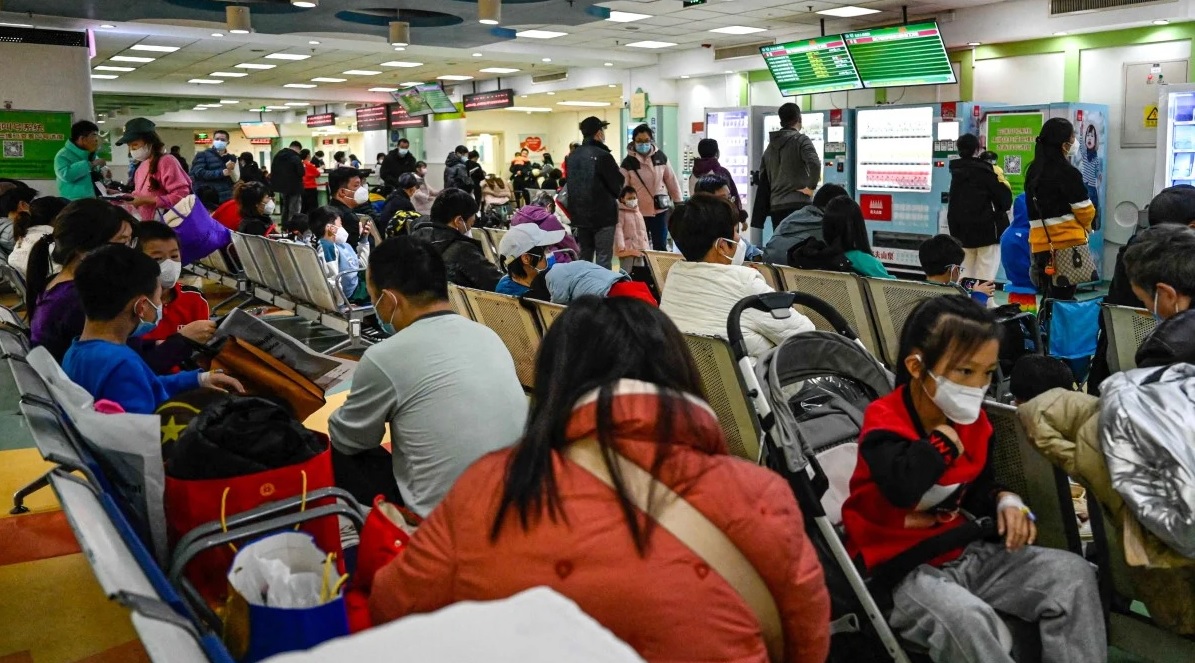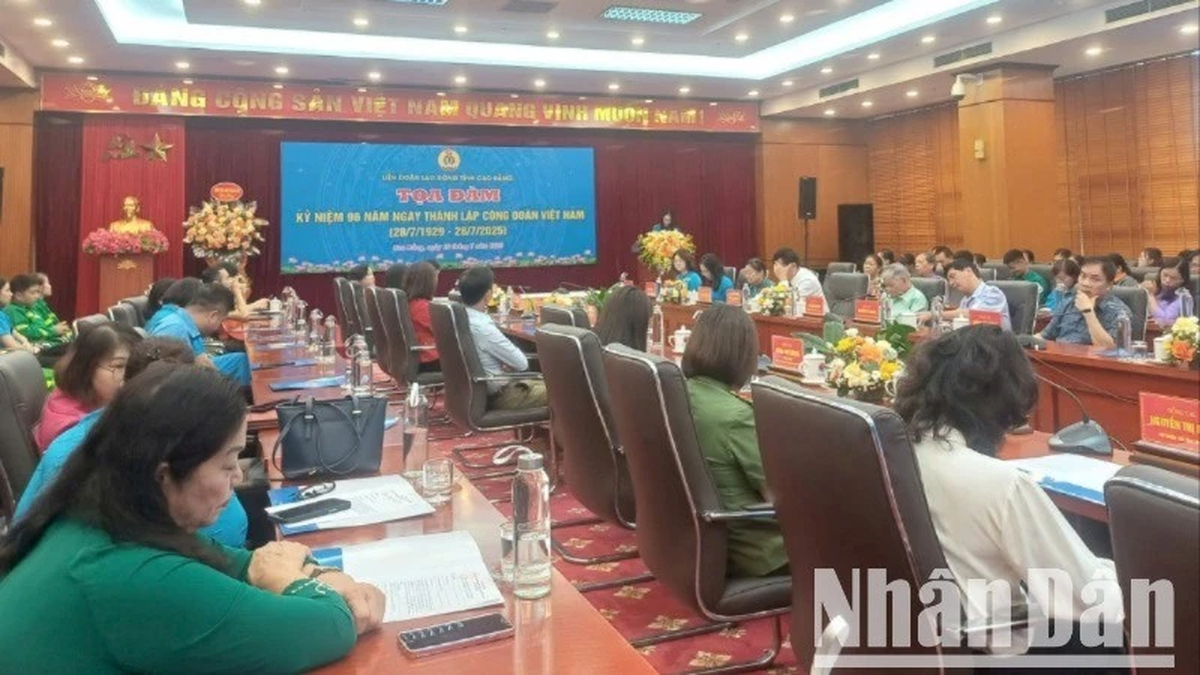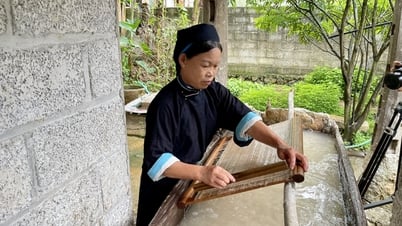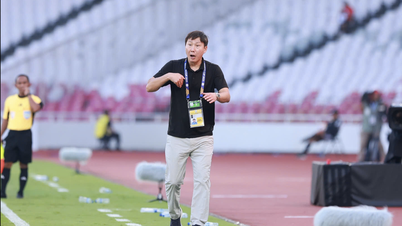China's National Health Commission spokesman Mi Feng said the surge in infections was due to influenza as well as rhinovirus, mycoplasma pneumoniae, respiratory syncytial virus (RSV) and adenovirus.

Pediatric wards across China are struggling to cope with the overwhelming number of cases. Photo: AFP
Different age groups are affected by different pathogens, an official from the Chinese Center for Disease Control and Prevention (CDC) said. Hospitals in China have been asked to improve their ability to classify patients according to the severity of their illness.
Wang Huaqing, chief immunization plan expert of the China CDC, said mycoplasma pneumoniae infections mainly occurred in the 5-14 age group, while the rest were mainly sickened by various viruses.
The committee did not say how many children were affected, but China told the World Health Organization (WHO) on Thursday that the number of hospital admissions and outpatients with mycoplasma pneumoniae infections began to rise as early as May.
Respiratory illnesses caused by other pathogens, including RSV, adenovirus, and influenza, began to spike in many countries in October. Although COVID-19 is one of the pathogens circulating, it is not yet considered the leading cause of the increase.
Chinese media reported long queues at outpatient and inpatient pediatric clinics across the country, with many hospitals expanding services to accommodate the large number of patients.
According to Tianjin Radio and Television, Tianjin Children's Hospital has been operating around the clock, receiving more than 13,000 pediatric patients a day in its outpatient and emergency departments - a record high.
The surge prompted the WHO to ask China last week for more information about a spike in respiratory illnesses among children in northern parts of the country. China said there was no new or unusual pathogen behind the spike.
Hoang Hai (according to SCMP, CNA, AP)
Source






























![[Photo] Signing of cooperation between ministries, branches and localities of Vietnam and Senegal](https://vphoto.vietnam.vn/thumb/1200x675/vietnam/resource/IMAGE/2025/7/24/6147c654b0ae4f2793188e982e272651)







































































Comment (0)